Economics Challenge Series – Challenge 4: Buying and Selling Game (Business Version) Results
1
About :
Hi Everyone,

Welcome to the results post for the Buying and Selling Game (Business Version) Challenge. During the month of August, I will post all the results of the 2023 Economics Challenge Series. I will gradually work through all the seven challenges posted in July. This post contains a video generating the results of the challenge using a Microsoft Excel Model.
Winner determined in this video
Disqualifications
I am quite disappointed with the conduct of several accounts. In Challenge 3, there was a coordinated effort to enable two accounts to win all 60 Hive Power. I have investigated other challenges. A similar stunt has been attempted in Challenge 7. I will discuss this in more detail when I announce the results of that challenge. Even in this challenge, there has been a suspicious clustering of entries, which is most likely another attempt to capture all the prize rewards.
Last year, in Challenge 1, there was another attempt to manipulate results to enable another account to win. This did not appear to happen in the other six challenges. Therefore, I did not raise the problem. This year, the coordinated effort is far more elaborate. I consider it to be completely unacceptable and not in the spirit of these challenges. Below are the disqualified accounts from this challenge series.
The entries these accounts have made in the challenges will remain as they affect the responses made by some of the other participants. For examples, Even-to-Win and Game Theory Game challenges. However, these participants will not be eligible for any prizes or points. These participants will also be stripped of all points earned so far in the series.

These accounts could be run by different individuals or even just one person. After inspecting the transactions made by these accounts, it is quite likely that all these accounts belong to just one or two people.
What is the Buying and Selling Game (Business Version)?
For the benefit of those who have not entered this challenge, here is a brief explanation of how the game works.
The participants were required to buy or produce goods with an allocated budget. They were given a choice of three types of goods to buy or produce. They were required to buy or produce these goods in combinations specified in the question. The participants were required to set the prices of the goods they had bought or produced. All costs were provided in the question. However, demand for each good was not provided.
The demand for the goods are determined using an Excel Model using triangle distributions. The participants are informed of the minimum, maximum, and mode values used to determine these distributions. The Excel Model uses the calculated demand and prices entered by the participants to calculate the number of goods sold. The prices, costs, quantities bought or produced, and quantities sold are used to determine the profit for each participant.
The participant with the highest profit after selling his or her goods is the winner.
Responses to the challenge are made in the comments section of the challenge post. The total prize for this challenge could reach as high as 60 Hive Power. The number of participants determines the value of the prize. For every entry, the prize is increased by 5 Hive Power until a value of 60 Hive Power is reached. The winner will receive 2/3 of the prize and second place will receive 1/3. The first 12 entries will be given upvotes. The winner of this challenge will be given 25 points, second place 10 points, and third place 5 points. These points will be tallied at the end of the challenge series to determine the overall winner. An additional 5 Hive Power and 5 points can be won if the winning participant obtains a higher or equivalent profit to the model’s built in estimator.
The format of the required entry is explained in detail in the contest itself.
For a more detailed explanation, you can access the challenge post using the following link.
Other challenges
Below are the links to all seven challenges in the series.
- Challenge 1: Buying and Selling Game
- Challenge 2: Pick-a-Door
- Challenge 3: Complements and Substitutes
- Challenge 4: Buying and Selling Game (Business Version)
- Challenge 5: Ice Cream Game
- Challenge 6: Game Theory Game
- Challenge 7: Even-to-Win
Results of the Challenge
As the number of participants exceeded 12, I needed to run the model twice. Figure 1 contains the demand curves for the first 12 participants in order of entry and Figure 2 contains the demand curves for the next 6 participants. The two sets of graphs are similar but the differences still have some bearing on the profit made by each participant.
Figure 1: Model Generated Demand Curves (First 12)
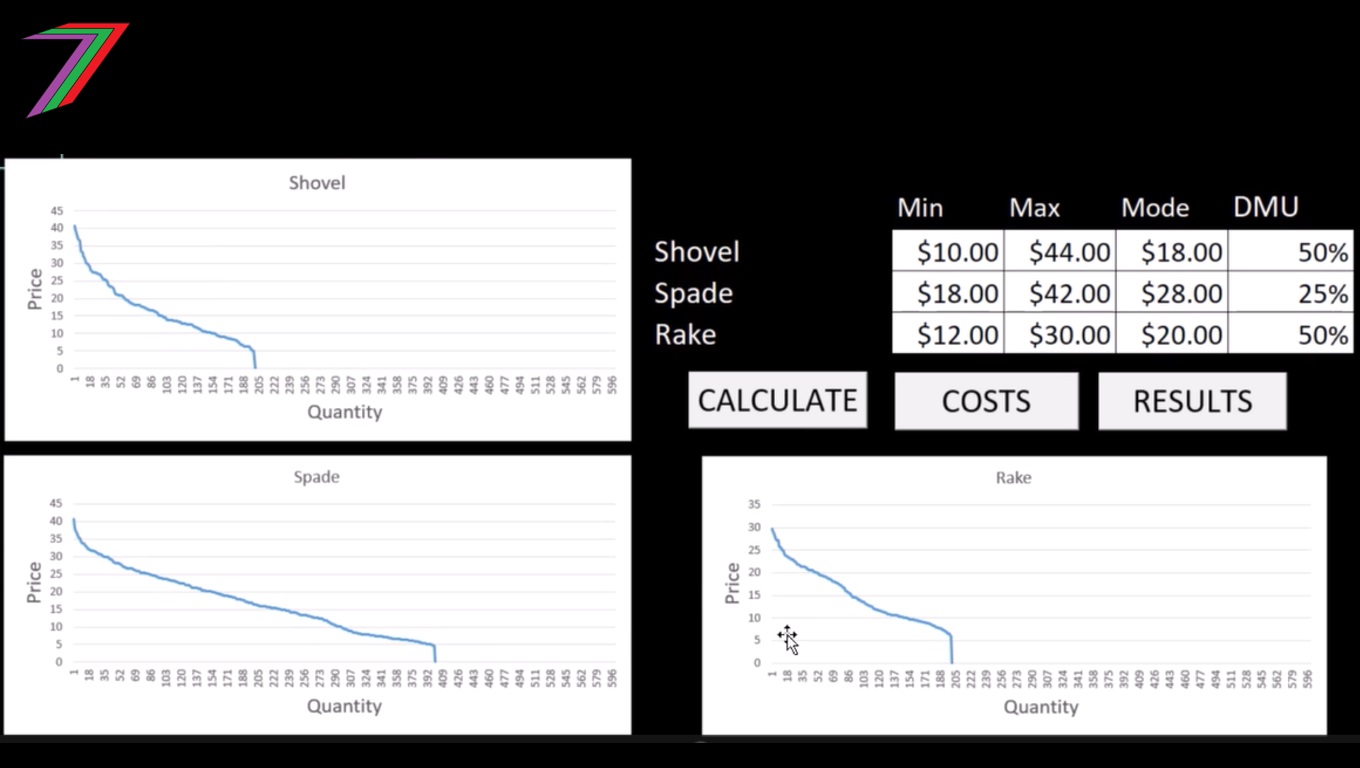
Figure 2: Model Generated Demand Curves (Next 6)
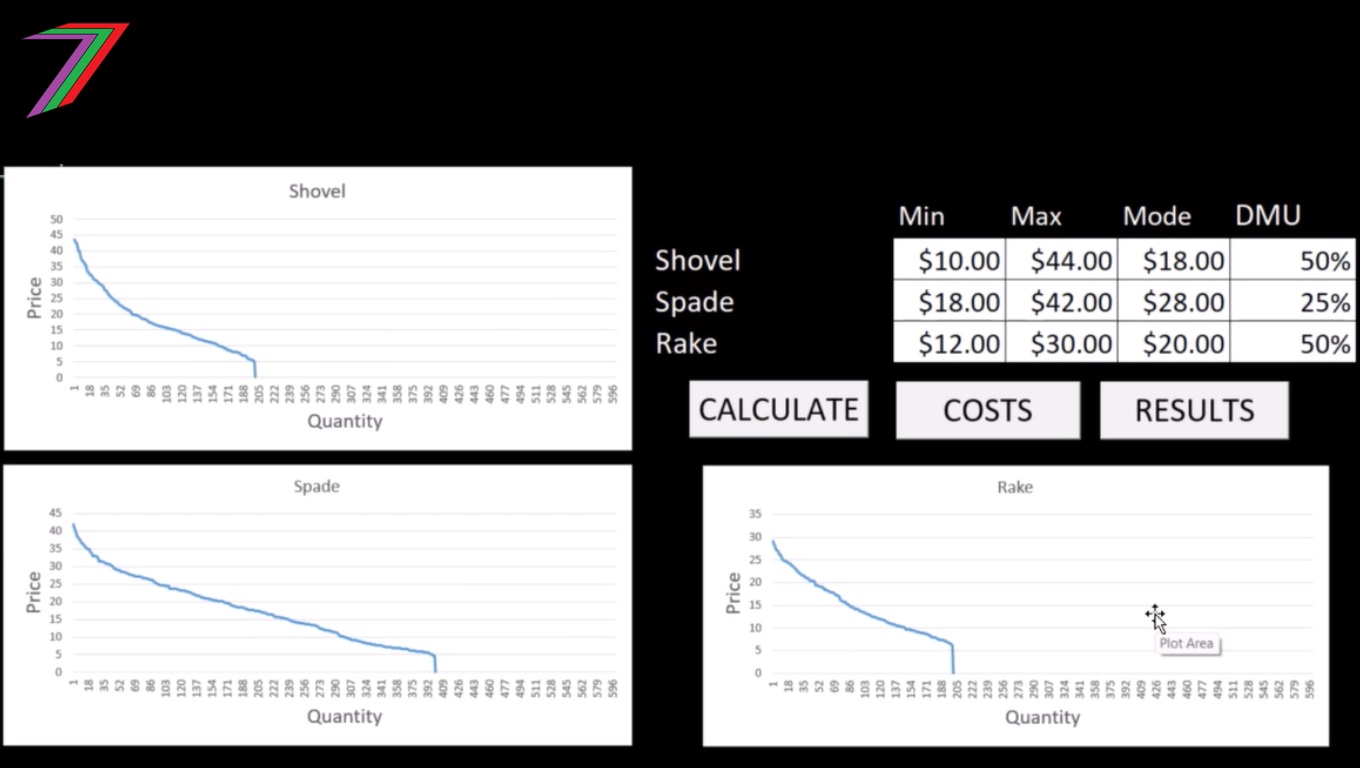
Table 1 contains responses, quantities sold, revenue, and the profit made by each participant.
Table 1: Participant responses and profit
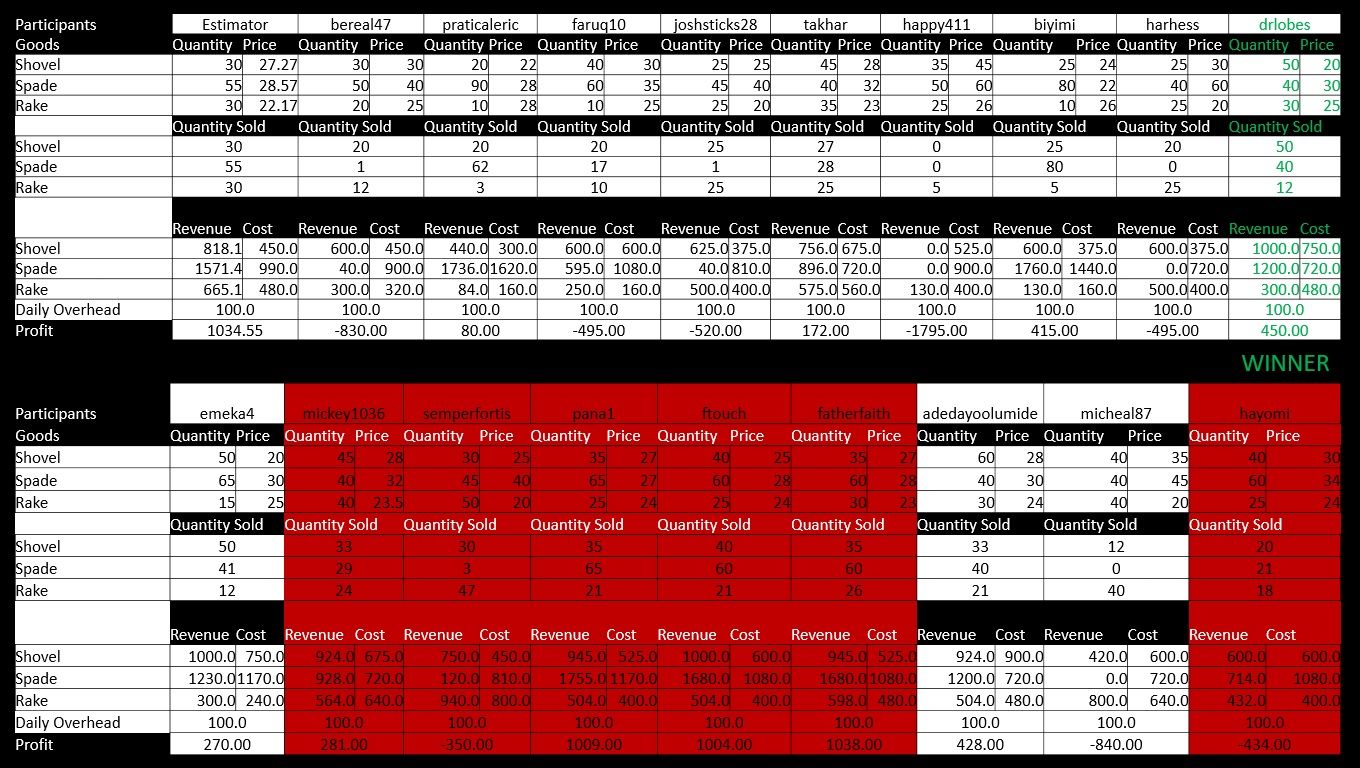
As the number of participants exceeded 12, the prizes for this challenge add up to 60 Hive Power.
Congratulations to @drlobes for winning Challenge 4 with a profit of $450. @drlobes wins 40 Hive Power for this challenge and 25 points. @adedayoolumide wins 20 Hive Power and 10 points for second place and @biyimi is awarded 5 points for third place.
@drlobes bought 50 shovels at $15 per shovel, 40 spades at $18 per spade, and 30 rakes at $16 per rake. @drlobes priced them to sell at $20, $30, and $25 respectively. At those prices, all shovels and spades were sold and 18 rakes remained unsold. This generated a total revenue of $2500 ($1000 for shovels, $1200 for spades, and $300 for rakes). The total cost of buying these garden tools was $2050 ($750 for shovels, $720 for spades, $480 for rakes, and $100 daily overhead). @drlobes's total profit was $450.
Overall Series Score
After four challenges, the overall scores for the Challenge Series are as follows.
| Position | Participants | Points |
|---|---|---|
| 1 | Practicaleric | 25 |
| 2 | Drlobes | 25 |
| 3 | Micheal87 | 20 |
| 4 | Wealthwess | 15 |
| 5 | Adedayoolumide | 10 |
| 6 | Emeka4 | 5 |
| 7 | Biyimi | 5 |
This table will be updated in every results post.
Challenge Tips

For the business version of the Buying and Selling Game, a participant needs to understand three areas. These areas are:
- Impact of working under a budget.
- Relationships between costs, demand and price.
- Shape of the demand curve.
The size of the budget plays an important role in determining how much of each good should be purchased or produced.
If the budget is large, production of goods should be more widely distributed across all three available types of goods. Generally, goods with elastic demand should be bought in higher quantities than goods with inelastic demand. Goods should be bought close to the point where new customers’ willingness-to-pay (i.e. marginal revenue) is almost at cost (per unit).
If the budget is small, goods with inelastic demand and high maximum price should be favoured over goods with elastic demand and lower maximum price. Prices should be high to capture as much consumer surplus from customers with high willingness-to-pay. If the budget is exceptionally small, it might be optimal to produce just one type of good.
Understanding the relationships between cost, demand, and price is essential for optimal pricing of goods. Goods must be priced above cost to make profit but if the prices are too high, insufficient customers will buy the goods, which will reduce profits.
The maximum, minimum, mode, and diminishing marginal utility determine the shape of the demand curve. High diminishing marginal utility increases inelasticity of demand. A large difference between maximum and mode price, increases inelasticity of demand in the top portion of the demand curve. A large difference between minimum and mode price, increases inelasticity of demand in the bottom portion of the demand curve. The top half of the demand curve is most relevant when the budget is small. The bottom half of the demand curve is normally more relevant when the budget is large.
Other important things to consider are batch size and costs of goods. Large batch sizes may force participants to focus on less goods, as the optimal number of some types of goods may fall short of the number in the batch. If the business is dealing with very low cost goods, a participant is more likely to make a higher profit by spreading purchases across all available goods. If the business is dealing with high cost goods, a participant is more likely to make a higher profit from focussing on one or two goods. This is because quantity demanded for high cost goods is normally lower than for low cost goods.
More posts

I have several collection of posts. I have organised these collections based on content and purpose.
The first collection contains six collection posts created before PeakD had the collection feature. Four of these posts relate to the core of my content, one of them contains all my Actifit Posts, and one of the them contains my video course ‘Economics is Everyone’.

The second collection consists of the posts that I consider define my channel. These posts are significant in terms of content as well as how they contribute to the growth of the channel. These posts reveal the most about what I believe in.

The third and fourth collection is what I call my ‘Freedom-base Economics living book’. They contain all the posts that support my ideas about the value and power of freedom. Some of these posts explain what we can achieve with freedom and what we need to utilise it. Some of them explain how we are deprived of freedom and how we often give up freedom for security and comfort. The third collection concludes with possible scenarios depending on what we (society) choose to do.


Hive: Future of Social Media

Spectrumecons on the Hive blockchain
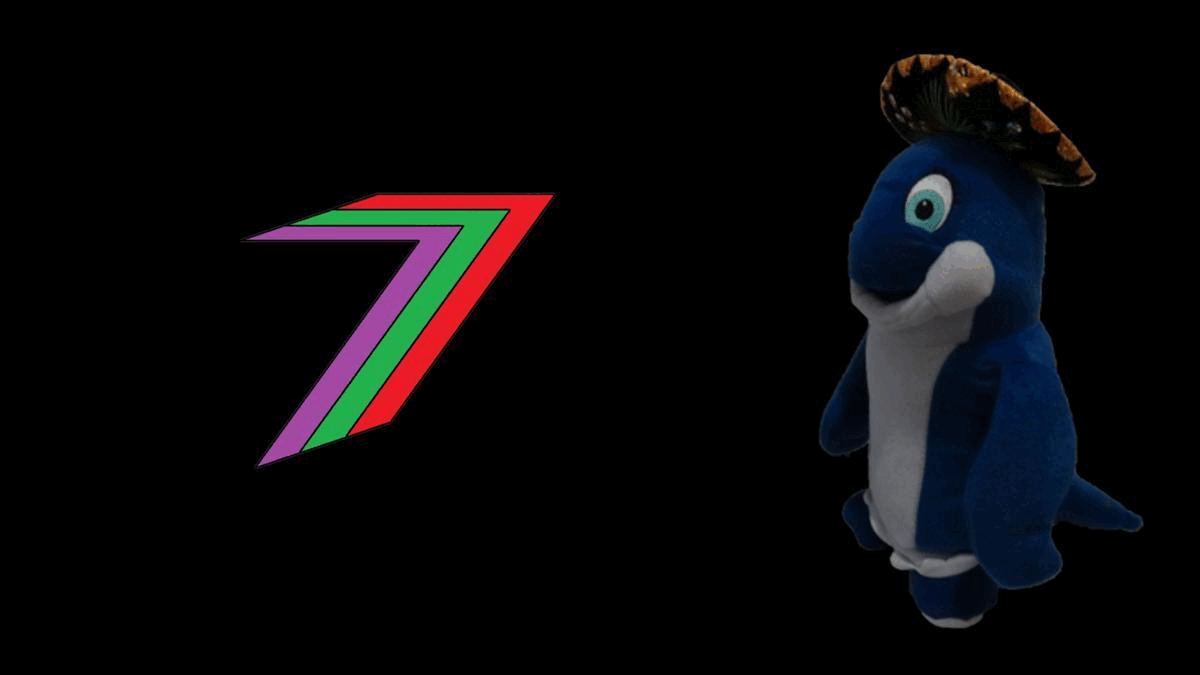
Tags :
Their limit for today is $0!
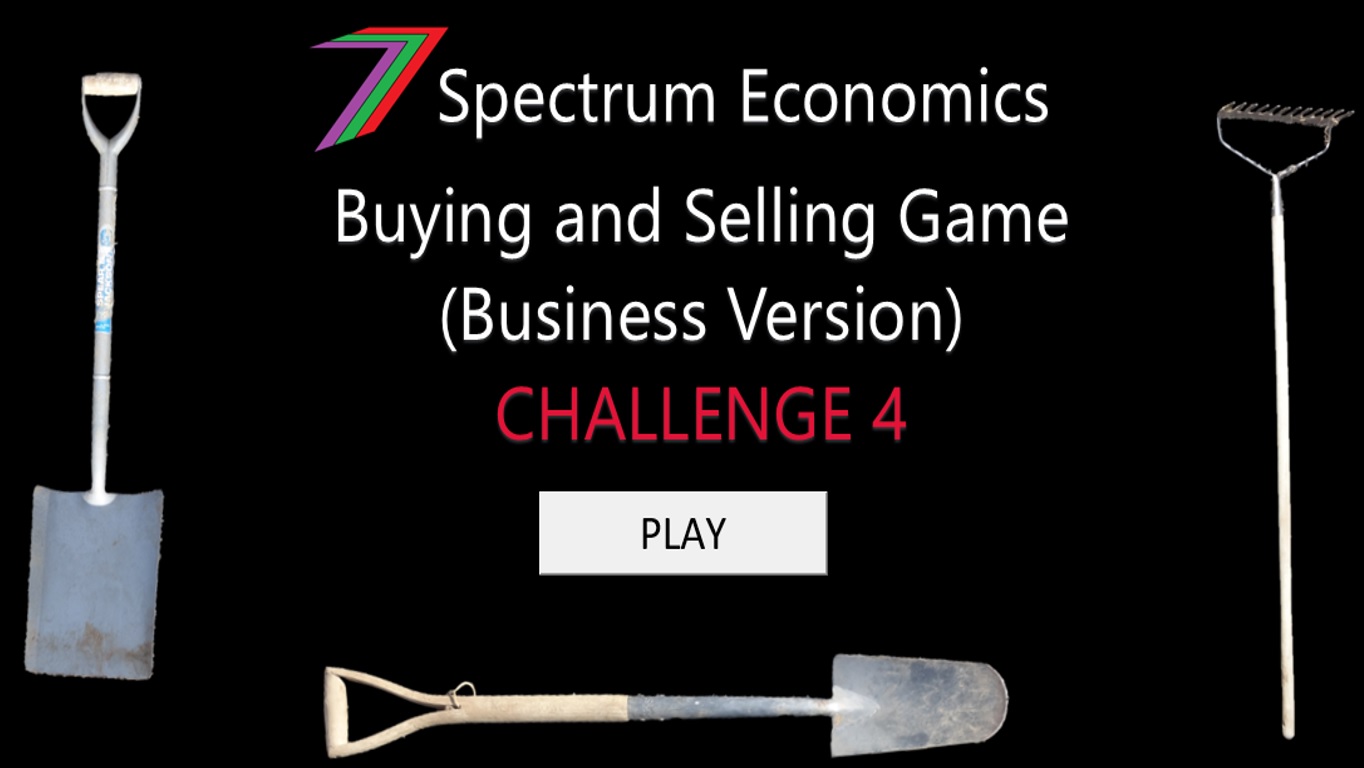
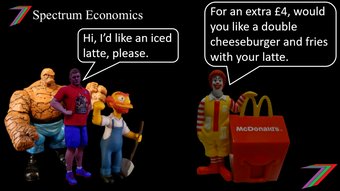
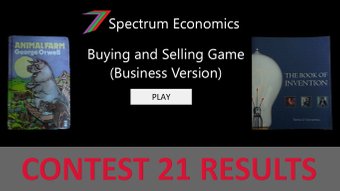
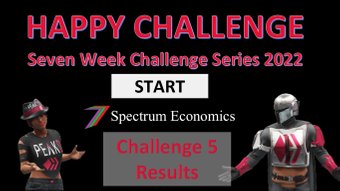
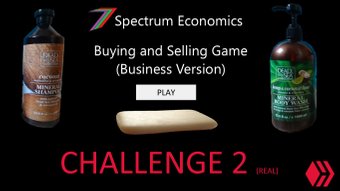
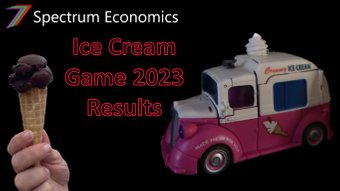

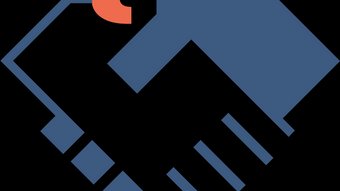



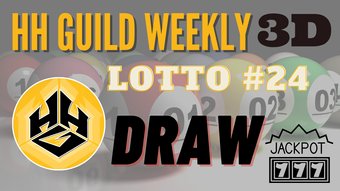

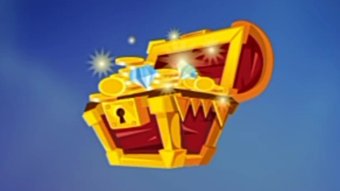

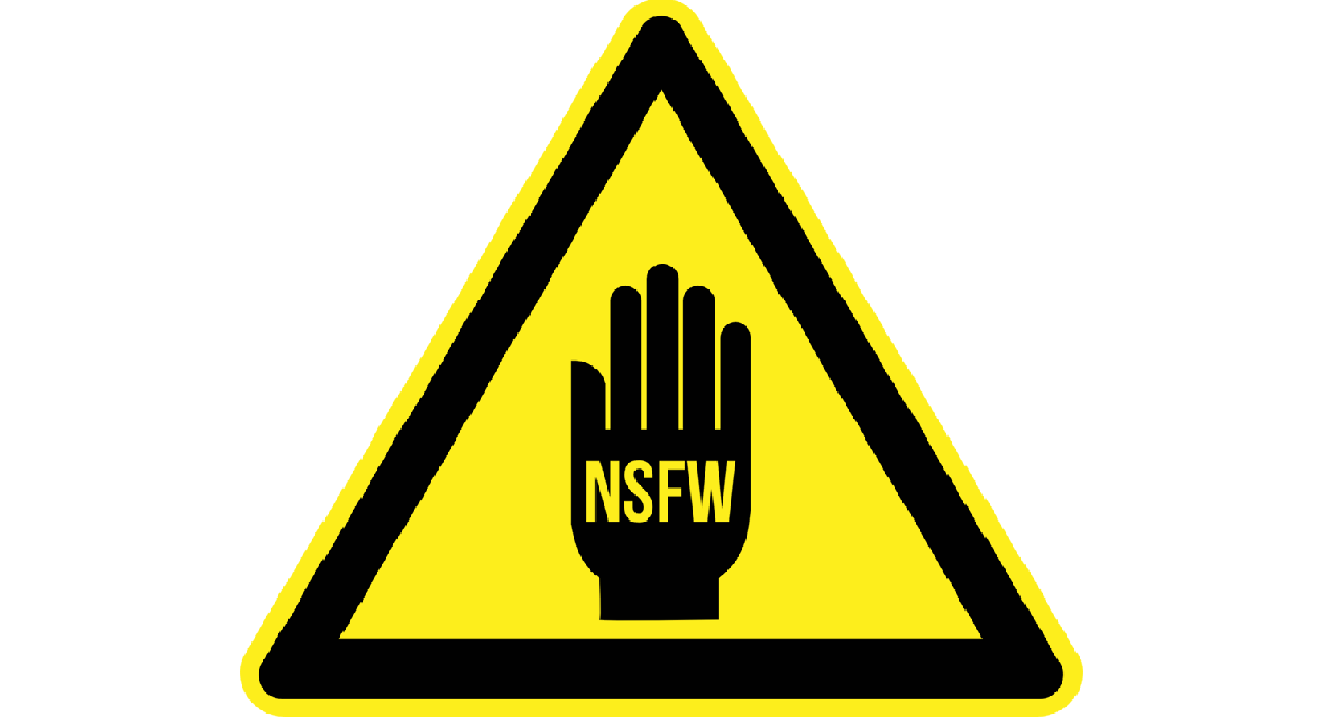







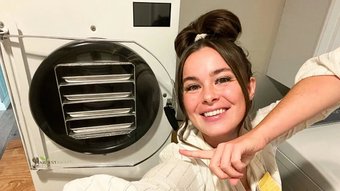
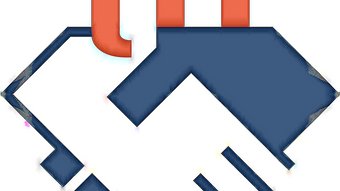



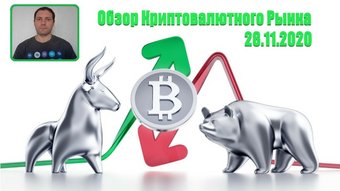
Comments:
Reply:
To comment on this video please connect a HIVE account to your profile: Connect HIVE Account